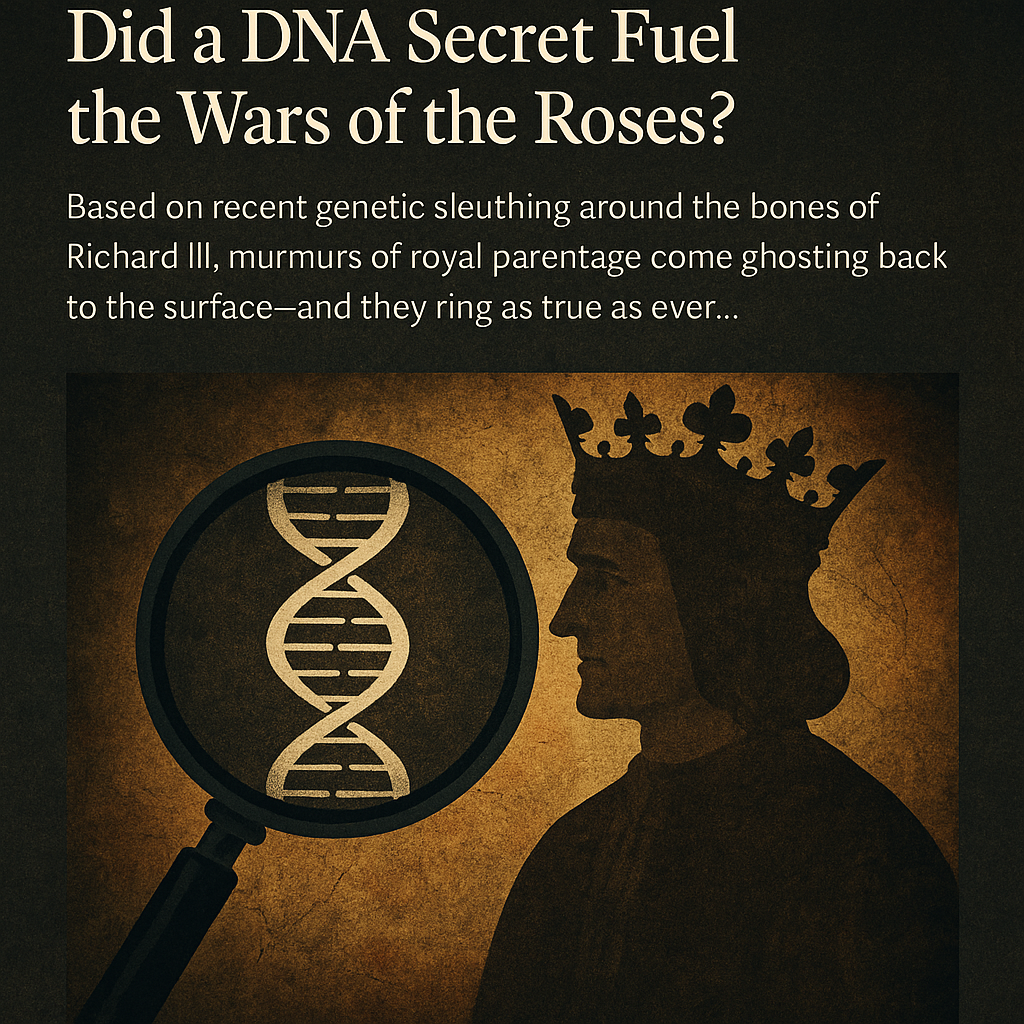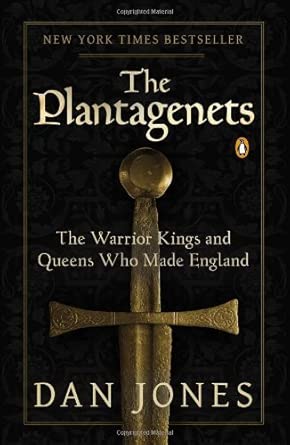King Richard III’s DNA Analysis
King Richard III’s DNA Analysis – Unraveling Royal Bloodlines – The Genetic and Historical Implications of King Richard III’s DNA Analysis
Abstract: The 2012 discovery of King Richard III’s remains in Leicester sparked an unprecedented multidisciplinary investigation combining archaeology, genetics, genealogy, and historical analysis. Central to this inquiry was the extraction and examination of ancient DNA, which both confirmed the identity of the remains and revealed a notable discrepancy in the expected paternal lineage. This article reviews the scientific findings, contextualizes them within the dynastic conflicts of 15th-century England, and explores the broader implications for understanding royal legitimacy and lineage.
1. Introduction
The identification of the skeletal remains found beneath a Leicester car park in 2012 as those of King Richard III represents a milestone in the integration of science and historical scholarship. Beyond the forensic confirmation of identity, the project revealed a mismatch in Y-chromosomal DNA between Richard III and presumed modern descendants, suggesting at least one false-paternity event in the royal male line. This finding challenges assumptions about hereditary monarchy and invites a reevaluation of historical succession narratives.
2. Methodology and Genetic Findings
2.1 Excavation and Initial Identification The Greyfriars Project, led by the University of Leicester, recovered a male skeleton with injuries consistent with historical accounts of Richard III’s death at the Battle of Bosworth Field (1485). The skeletal features also matched contemporary descriptions, including scoliosis.
2.2 Mitochondrial DNA (mtDNA) Confirmation Mitochondrial DNA, inherited maternally, was extracted from the remains and compared with living matrilineal descendants of Richard’s sister, Anne of York. A near-perfect match was observed, supporting the identity claim with a probability exceeding 99.999%.
2.3 Y-Chromosome Anomaly The Y-chromosome from the remains was compared with five modern male-line descendants of Henry Somerset, 5th Duke of Beaufort, a presumed direct male-line descendant of Edward III. Four out of five shared a consistent Y haplotype, but none matched the skeleton, indicating a false-paternity event somewhere in the 19-generation span between Richard III and the modern Somerset line.
3. Historical Context – The Plantagenets and the Wars of the Roses
3.1 Genealogical Background Edward III fathered several sons, whose descendants formed the rival factions of Lancaster and York. Richard III descended from Edmund of Langley (Duke of York), while the Beauforts and Tudors claimed descent from John of Gaunt (Duke of Lancaster).
3.2 Legitimacy and Dynastic Conflict Disputes over legitimate succession were central to the Wars of the Roses. The discovery of a Y-chromosome mismatch opens the possibility that one line’s claim may have rested on non-biological descent, potentially influencing historical outcomes if such knowledge had been available or suspected at the time.
4. Possible Breakpoints in the Lineage
4.1 Richard III’s Direct Lineage The mismatch may lie in Richard’s direct ancestry: from Edward III to Edmund of Langley, to Richard of Conisburgh, to Richard, Duke of York, and finally to Richard III himself.
4.2 The Beaufort Line Alternatively, the break may have occurred in the Beaufort line, which included instances of legitimization and complex succession. Given the long chain of descent to the modern Dukes of Beaufort, the probability of a false-paternity event increases with generational length.
5. Statistical and Interpretive Considerations
False-paternity rates are historically estimated at 1–2% per generation. Over 19 generations, the likelihood of at least one such event becomes significant. The presence of a Y-chromosome mismatch is thus statistically plausible, though it cannot localize the break without further ancient DNA samples.
6. Implications for Historical Narrative and Royal Legitimacy
While the genetic evidence does not invalidate the historical reigns or legal status of monarchs, it underscores the fluidity and fragility of hereditary claims. Royal legitimacy has always been shaped by perception, politics, and power—as much as by biology. The discovery invites deeper reflection on how dynastic histories are constructed, maintained, and revised.
7. Conclusion
The DNA analysis of King Richard III not only confirmed a centuries-old identity but also disrupted long-held assumptions about royal descent. This case exemplifies the power of interdisciplinary research to illuminate, challenge, and enrich historical understanding. Further study, particularly of ancient DNA from other Plantagenet burials, may yet reveal more about the hidden currents beneath the surface of English royal history.

References
- King, T. E. et al. (2014). Identification of the remains of King Richard III. Nature Communications.
- University of Leicester. Richard III identification and genetics project.
- American Ancestors. Genealogical commentary on the Richard III Y-DNA findings.
- Legal Genealogist. Analysis of DNA mismatch and implications for royal genealogy.












